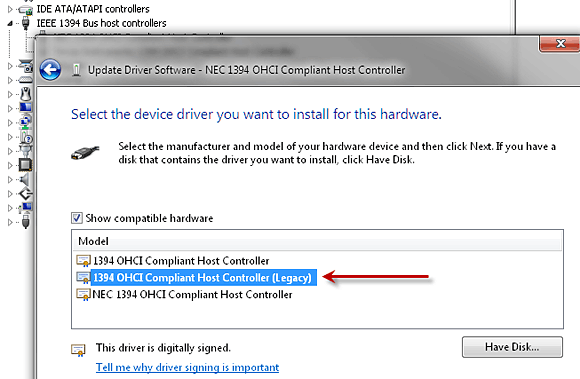
Apple released its last computers with FireWire in 2012. However, in February 2011 Apple introduced the first commercially available computer with Thunderbolt. Īpple first included onboard FireWire in some of its 1999 Macintosh models (though it had been a build-to-order option on some models since 1997), and most Apple Macintosh computers manufactured in the years 2000 through 2011 included FireWire ports. On June 12, 2008, all these amendments as well as errata and some technical updates were incorporated into a superseding standard, IEEE Std. In 2007, IEEE 1394 was a composite of four documents: the original IEEE Std. Apple's development began in the late 1980s, later presented to the IEEE, and was completed in January 1995. IEEE 1394 fully supports both isochronous and asynchronous applications.Īpple intended FireWire to be a serial replacement for the parallel SCSI bus, while providing connectivity for digital audio and video equipment.

Parallel buses utilize a number of different physical connections, and as such are usually more costly and typically heavier.

FireWire is a serial bus, meaning that information is transferred one bit at a time. IEEE 1394 is a serial bus architecture for high-speed data transfer. Its development was initiated by Apple in 1986, and developed by the IEEE P1394 Working Group, largely driven by contributions from Sony (102 patents), Apple (58 patents), and Panasonic (46 patents), in addition to contributions made by engineers from Philips, LG Electronics, Toshiba, Hitachi, Canon, INMOS/SGS Thomson (now STMicroelectronics), and Texas Instruments. Ī PCI expansion card that contains four FireWire 400 connectors.įireWire is Apple's name for the IEEE 1394 High Speed Serial Bus. USB requires a master controller whereas IEEE 1394 is cooperatively managed by the connected devices. USB was developed subsequently and gained much greater market share. FireWire is also available in Cat 5 and optical fiber versions.

Power and data is carried over this cable, allowing devices with moderate power requirements to operate without a separate power supply. The copper cable used in its most common implementation can be up to 4.5 metres (15 ft) long. It is also known by the brands i.LINK (Sony), and Lynx ( Texas Instruments). It was developed in the late 1980s and early 1990s by Apple in cooperation with a number of companies, primarily Sony and Panasonic.

IEEE 1394 is an interface standard for a serial bus for high-speed communications and isochronous real-time data transfer. For other uses, see Firewire (disambiguation).Īpple (1394a/b), IEEE P1394 Working Group, Sony, Panasonic, etc.


 0 kommentar(er)
0 kommentar(er)
